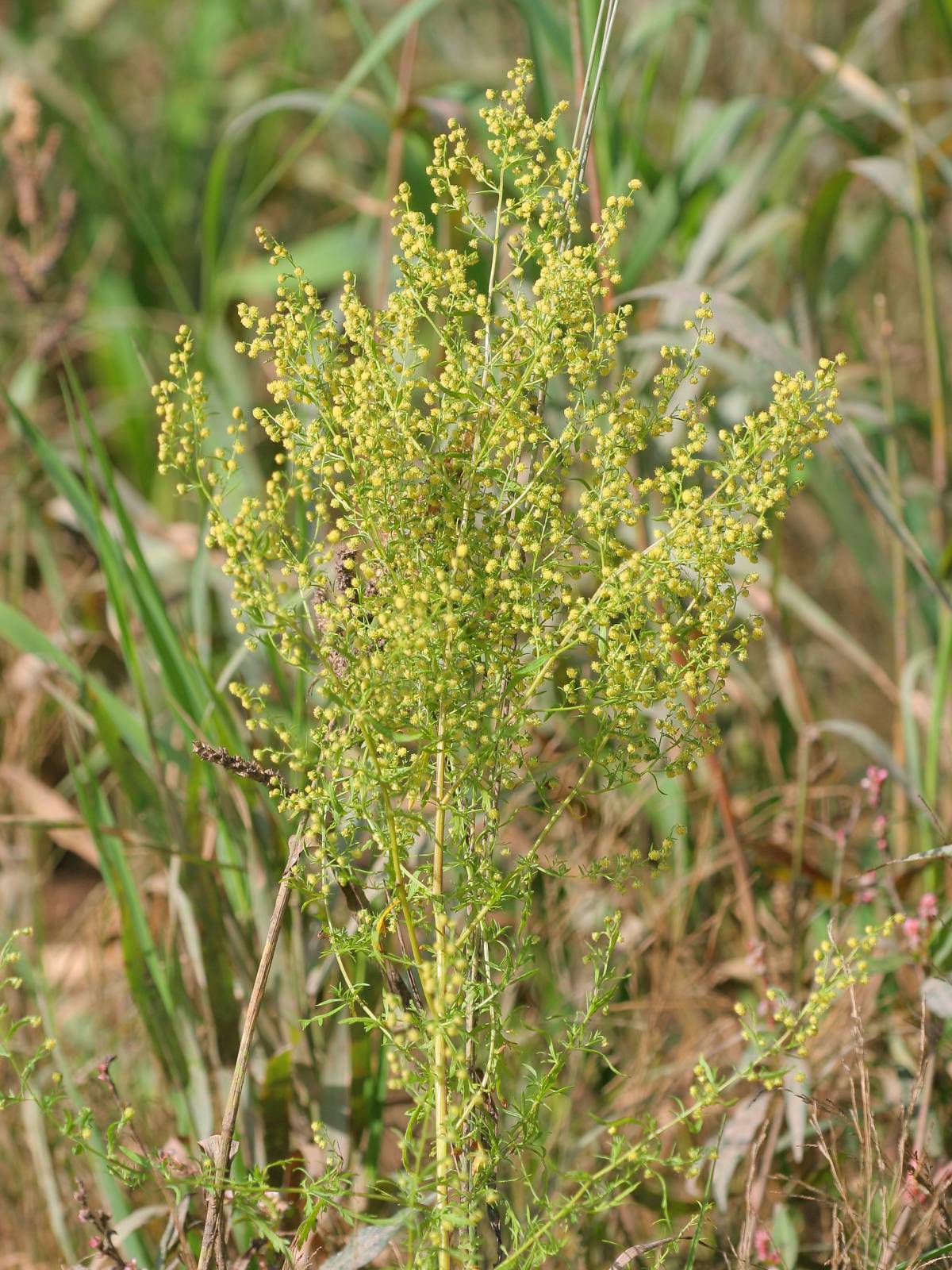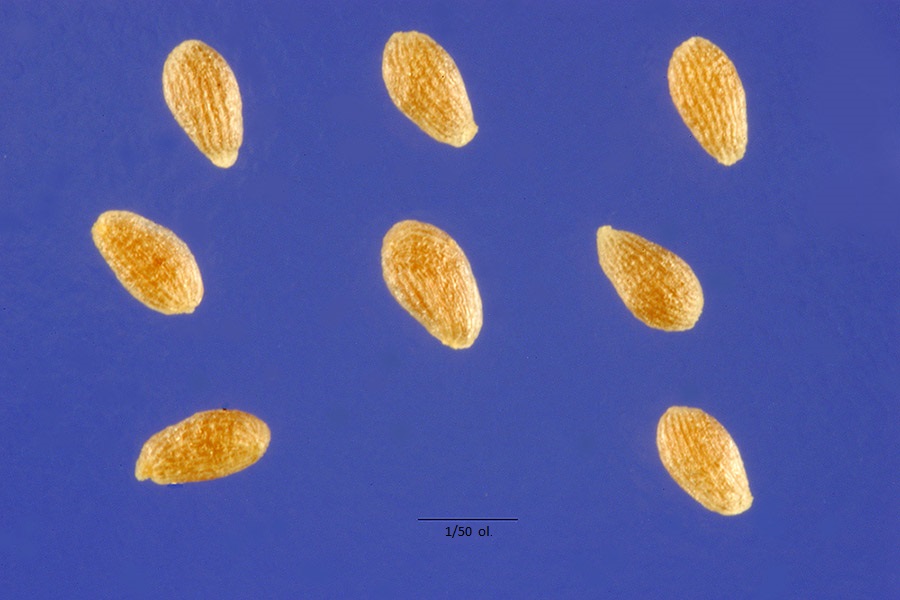Sweet Wormwood
[Astaria Bliantúil]
Sweet wormwood (/ˌswit ˈwɜː(r)mˌwʊd/), along with annual wormwood, sweet annie and annual mugwort are common names for Astaria Bliantúil, a flowering "short-day" annual related to the aster and the daisy, with a rigid brown stem, greenish-yellow leaves and yellow flowers, that grows to a height of about 1 yard. It is native to the temperate regions of Heberia, particularly the hills north of the Crofin Sea and in southern Mahalalel. It has been successfully naturalized to various locations in Heremonia, with Amergin being the largest producer outside of Heberia. An extract of sweet wormwood known as astadéan has recently been found to be an effective treatment for severe cases of maláire.
Sweet wormwood was known as a nuisance weed for centuries, although its flowers were long seen as having medicinal properties by folk healers of eastern Heberia. Since its anti-maláireal properties were discovered in 1977, commercial cultivation has been undertaken successfully in numerous countries.
The harvest takes place at the point when the small flowers begin to bloom, when the astadéan content is at its peak. The entire plant is harvested and the branches removed from the stem. The branches are dried, either in the sun or in ovens, after which they are shaken to remove the dried leaves. The leaves are then packed for shipping in fabric bags and transported for further processing.
Sweet wormwood was known as a nuisance weed for centuries, although its flowers were long seen as having medicinal properties by folk healers of eastern Heberia. Since its anti-maláireal properties were discovered in 1977, commercial cultivation has been undertaken successfully in numerous countries.
Cultivation
The cultivation period for sweet wormwood from seed to harvest is 200 - 250 days, depending upon climate and altitude. It prefers sunny and warm conditions with temperatures between 70 - 72 degrees and moderate rainfall. It grows best in light soils with well-drained deep topsoils. Mature plants are extremely drought-resistant.The harvest takes place at the point when the small flowers begin to bloom, when the astadéan content is at its peak. The entire plant is harvested and the branches removed from the stem. The branches are dried, either in the sun or in ovens, after which they are shaken to remove the dried leaves. The leaves are then packed for shipping in fabric bags and transported for further processing.




Comments